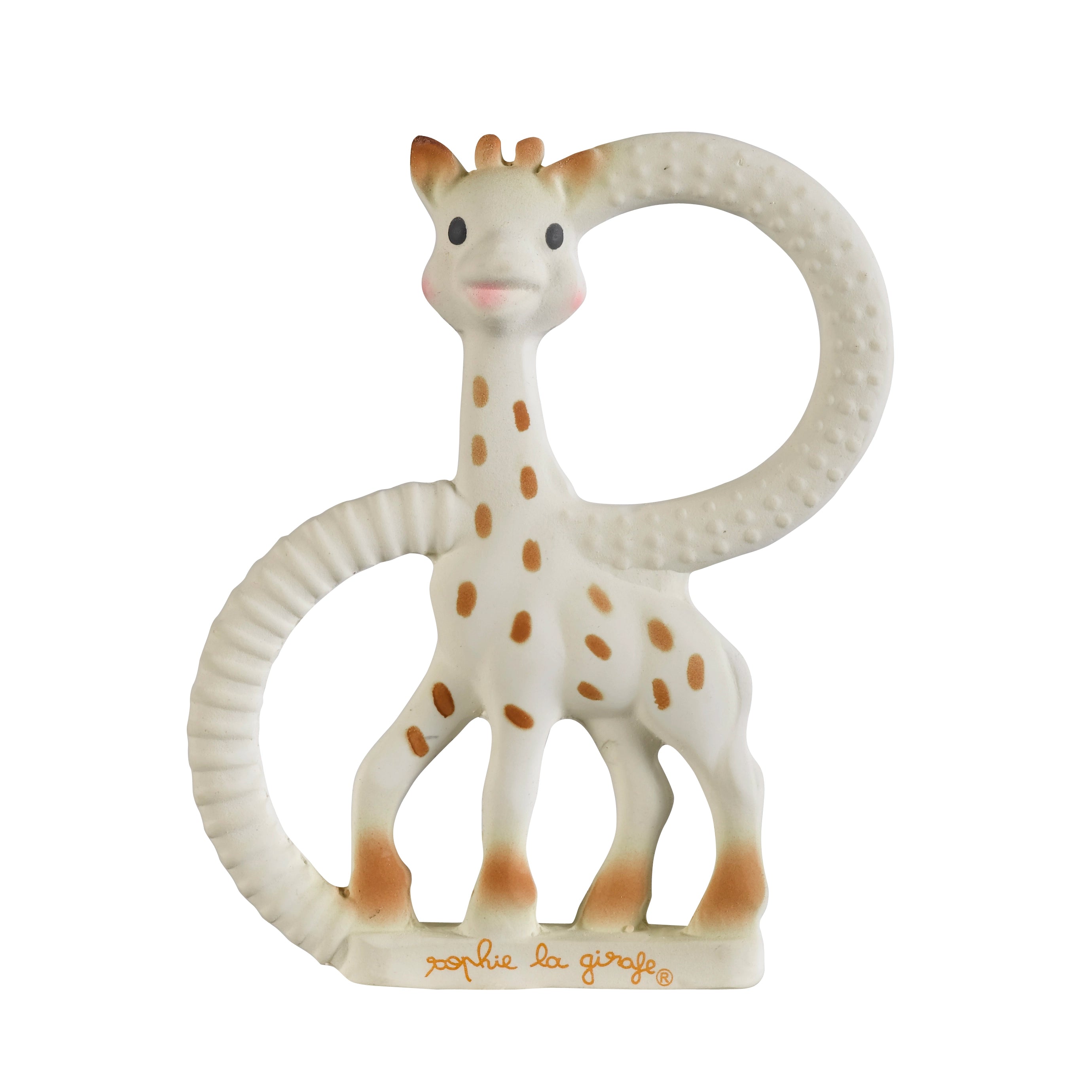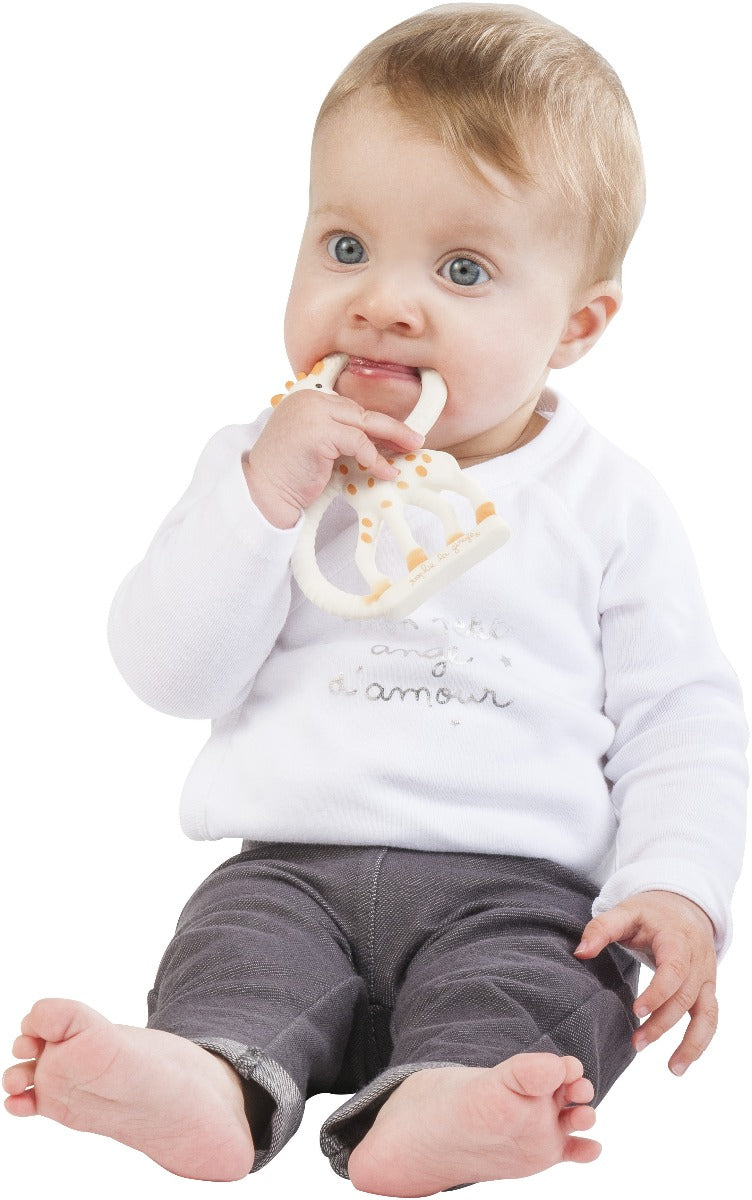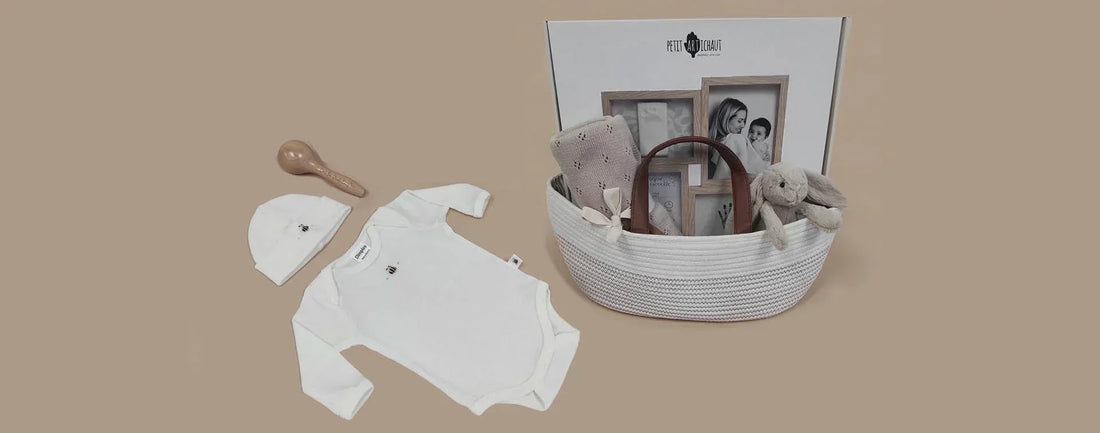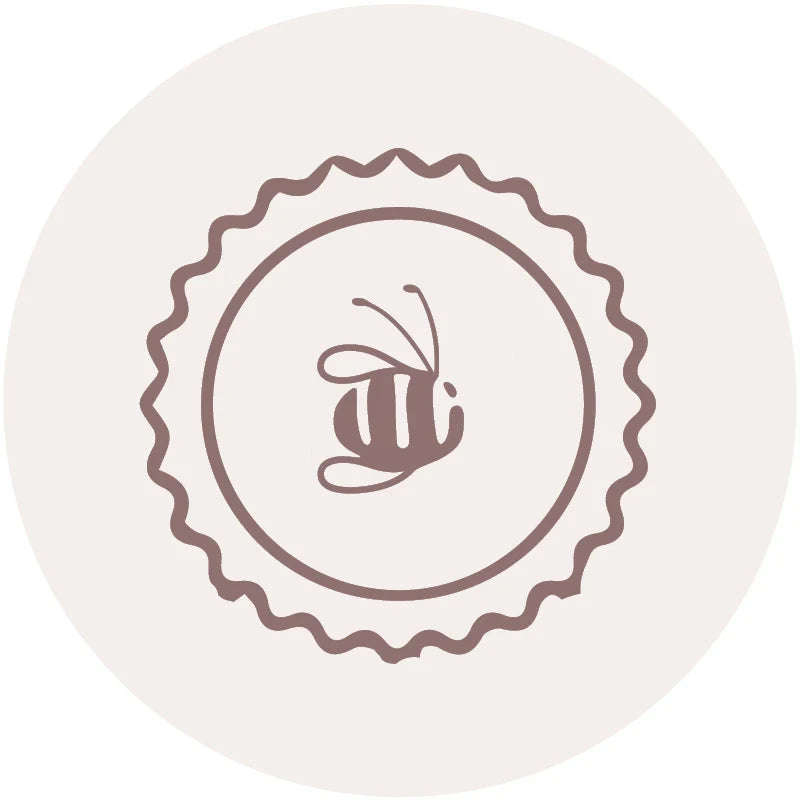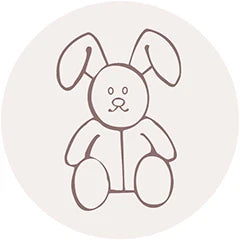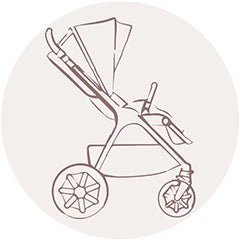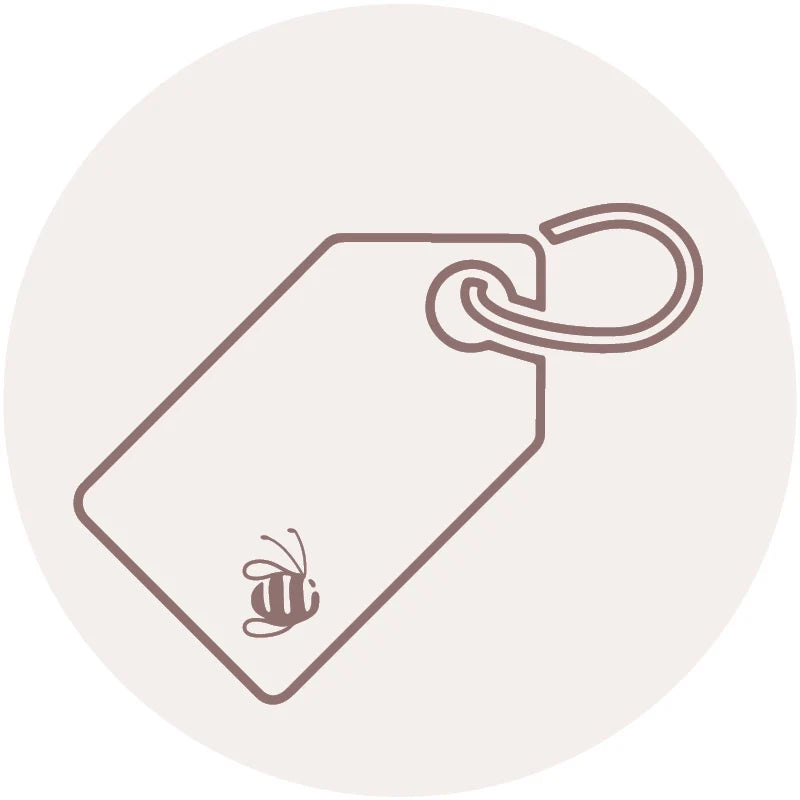So'Pure Teething Ring
So'Pure Teething Ring
SKU:200318
Out of stock
Couldn't load pickup availability
Overview
Overview
Sophie the Giraffe is the perfect teether for your baby, as she has been specially designed to stimulate all of your baby's developing senses. From around 3 months old, babies start to become more aware of their surroundings and their own hands.
Sophie the Giraffe is made using 100% Natural Rubber from the Hevea Tree, which gives her a pleasant and distinctive scent. Natural food paint has been used to make this lovable toy safe to nibble and chew on, her knobbly ears and horns help soothe and massage baby's mouth and gums.
Her special features make her an excellent early learning aid, no wonder she is so popular! This Sophie the Giraffe Teething Ring is specially designed for little hands. The textured rings help relieve baby's mouth and gums through different stages of teething, while her bright brown spots stimulate eye sight.
- Sight: At the age of 3 months, a baby's eyesight is still limited and can only make out high contrasts. The dark and contrasting attention-catching spots all over Sophie the Giraffes body provides visual stimulation and she soon becomes a familiar and reassuring object for your baby.
- Hearing: Sophie's squeaker keeps baby amused and stimulates hearing. To begin with, the funny sound Sophie makes when she is squeezed helps to stimulate baby's hearing, and then later, helps to understand the link between cause and effect.
- Taste: Sophie the Giraffe is made of 100% Natural Rubber and food paint, and is completely safe to chew, just like a feeding bottle teat. Her soft texture and numerous chewable parts, make her perfect for soothing baby's sore gums during teething.
- Touch: Touch is the first means a baby has of communicating with the outside world. Sophie the Giraffe's soft feel, like a mother's skin, stimulates physiological and emotional responses that soothe baby and promote healthy growth and well-being.
- Easy to Grip: Sophie the Giraffe's shape is perfect for baby's small hands. She is very light, and easy for baby to grip, even from there earliest days.
- Smell: The singular scent of natural rubber from the Hevea tree makes Sophie the Giraffe very special and easy for your child to identify amid all their toys.
Delivery and Returns
Delivery and Returns
- Delivery: Free within NZ on orders over $100 (excluding bulky items) or $8 standard shipping
- Returns: Accepted within 14 days of receipt with proof of purchase
- Some items are excluded from returns including sale items, hardware, car seats, prams, monitors and personal items - please click here for the full list.
Share this product
Recently Viewed Products
Related Blogs
Teething Baby? Your go to Survival Guide
The teething baby survival guide Long before you spot the pearly white poking out of your little one’s gum, you’ll typically be warned of its arrival by a grizzly babe. Teething can happen anywhere from three to twelve months and some babies are even born with teeth. The signs of teething vary hugely – mountains of dribble, ear-pulling, strange rashes, increased night-waking or general grumpiness. Whatever your baby starts to do, it helps to have some tricks up your sleeve. Chewy toys That’s right – dogs and teething babies love them equally. That’s because counter pressure on sore gums can help provide relief. Save the railings of the cot (and anything else they can get their gums around) by having some teething toys on hand. Textured flexible teethers that can be popped in the fridge like the Haakaa Rabbit Teether have the added benefit of cooling and slightly numbing the gums. Gnaw-friendly foods Some babies love having a big piece of something hard to chew on, like chilled cucumber, carrot, celery or a hard rusk. Special teething rusks can usually be picked up at the supermarket or you can try making your own. As with any hard foods, make sure you keep a close eye on your little one as pieces can break off and become a choking hazard. Keep it cool Pop frozen fruit or veg in a teething feeder, like this one from Haakaa, to soothe sensitive gums. Make sure they’ll be soft once they melt – try bananas, ripe pears or stone fruit, and well-steamed veggies. Sometimes teething can affect your little one’s appetite too, so these are a great way to help get extra nourishment in when mealtimes are tough. The magic necklace Amber teething necklaces have been around for hundreds of years, and many parents swear by them! The theory is that succinic acid, a component of amber, is absorbed into your baby’s skin to soothe teething woes by reducing inflammation and promoting healing. While the jury is still out on whether they deliver on the magic promised, it’s worth a try! If nothing else, your babe gets a cute necklace out of it. Be sure to look for necklaces with individually knotted beads (for extra safety if broken). Teething and toothbrushing How about a teething aid that helps little ones get the hang of brushing their teeth at the same time? A teething toothbrush like this cute toothbrush will gently massage painful gums while cleaning any little teeth with its soft silicone bristles. Cuddles and comfort Sometimes all the teething aids in the world just won’t cut it and your baby just needs some extra cuddles and comfort. While it might seem like teething pains ramp up at night, it’s more likely that extra night-waking can just make it feel worse – to you! In the meantime, try and relish those extra snuggles (hard to do at 3 am, we know!) The last line of defence If chewing, rubbing and gnawing cool foods don't do the trick, it might be time to break out the liquid paracetamol or ibuprofen. Always check with your GP or Plunket Nurse before administering any medicine, but a mild form of pain relief or anti-inflammatory can sometimes make all the difference. If you’re not quite ready to go down the medication route just yet, a natural alternative like Teething Tamer can provide natural, organic pain relief, which is easily applied externally (making it extra easy for little ones) and can be used from three months onwards.
Learn moreBaby Comforters: What Are They, and How To Introduce Them
There’s something very special about watching your baby snuggle into their favourite little blanket or soft toy. For many little ones, a comforter (or blankie) becomes more than just a bedtime accessory - it’s a trusted friend that brings a sense of calm and reassurance through every new stage of growing up.
Learn moreNewborns & Sleep: What to Expect and Survival Tips
Bringing a new baby home is one of life’s most beautiful - and exhausting - adventures. In this blog, Family Sleep & Wellness Coach, Lauren Moran from Little Dreamers, shares her expert advice on newborn sleep in the fourth trimester.
Learn moreYour Wishlist, Made Easy
Creating a gift registry takes the guesswork out of gifting for you and your loved ones. While the journey of pregnancy can come with plenty of challenges, ticking off your shopping list doesn't need to be one of them.
Learn more




